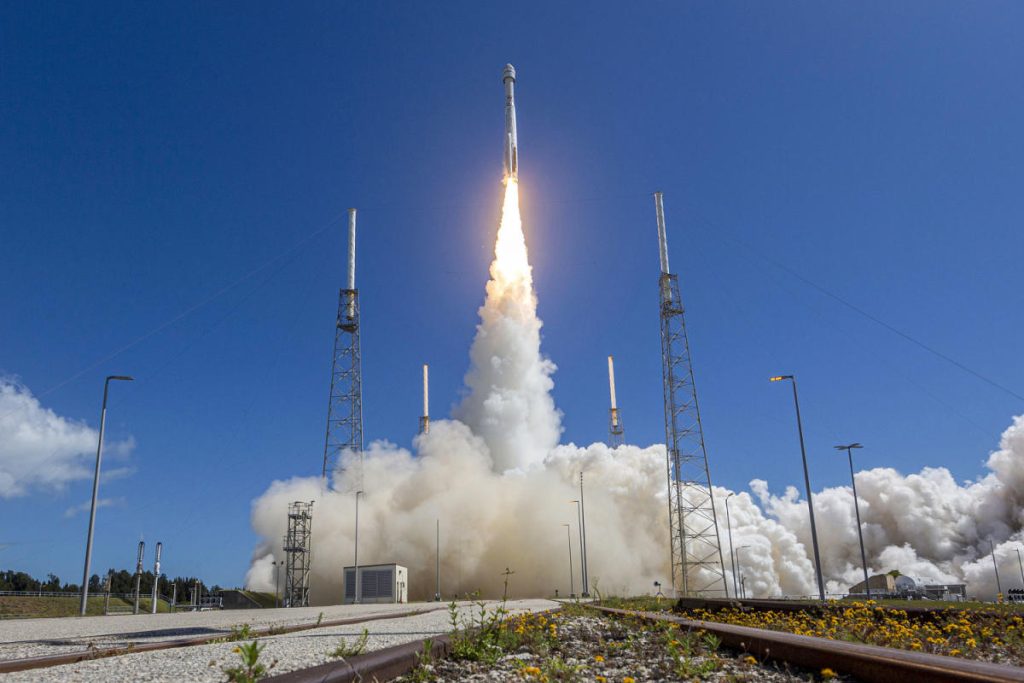NASA management is currently debating whether to return astronauts on board Boeing’s Starliner capsule, which experienced thruster issues during docking, or to use SpaceX’s Crew Dragon spacecraft instead. The root cause of the thruster failures has not been identified, leading to concerns about the safety of using the Starliner for the return journey. The mission, intended to demonstrate the spacecraft’s readiness for crewed missions to the International Space Station, has been extended several times as NASA and Boeing conduct testing to understand the problem.
While NASA and Boeing have publicly characterized the mission extensions as a data-gathering exercise, recent concerns indicate that there is less confidence internally about the safety of returning the astronauts on board Starliner than previously disclosed. Boeing asserts that it has the necessary “flight rationale” to safely return with crew, but NASA is exploring other options, including using SpaceX’s Crew Dragon to bring the astronauts back. If Starliner returns empty, SpaceX could potentially remove two astronauts from an upcoming mission to make room for Wilmore and Williams.
Following recent testing, NASA found that 27 of Starliner’s 28 thrusters are functioning properly, but the lack of a root cause for the previous failures raises concerns about potential issues during the return flight. Boeing has made significant findings related to the thrusters but has not yet identified the root cause. NASA’s decision on whether to trust that the thruster issue has been resolved or to explore alternative transport options for the astronauts must be made soon.
The possibility of returning the astronauts on SpaceX’s Crew Dragon or leaving them on the International Space Station while bringing them back on a future mission is under consideration by NASA’s management. The Commercial Crew Program Control Board has not reached a decision on the next steps regarding Starliner’s return, and discussions continue to evaluate the level of risk involved in using the spacecraft. The outcome of these discussions remains uncertain, with NASA emphasizing astronaut safety as a top priority.
The decision facing NASA carries significant implications for Boeing’s involvement in the Commercial Crew Program, as repeated setbacks and delays have resulted in substantial losses for the company. Accepting the risk of returning astronauts on Starliner could strain NASA’s relationship with Boeing and potentially lead to the termination of the contract. Opting for SpaceX’s alternative, on the other hand, could be seen as an overreaction if Starliner returns safely, impacting NASA’s credibility in assessing risks associated with crewed space missions. As the agency continues to evaluate its options, ensuring the safety of the astronauts remains a key factor in the decision-making process.


